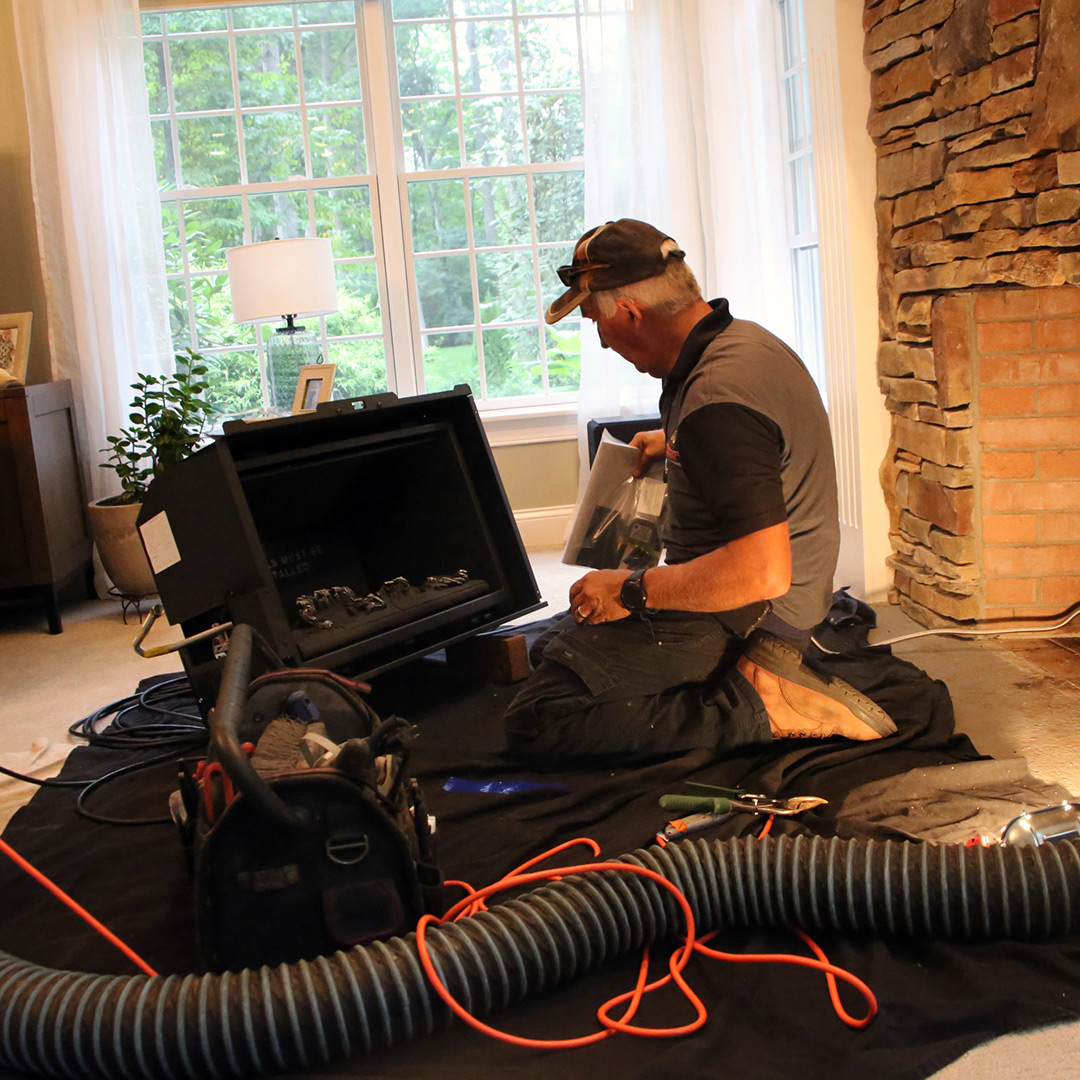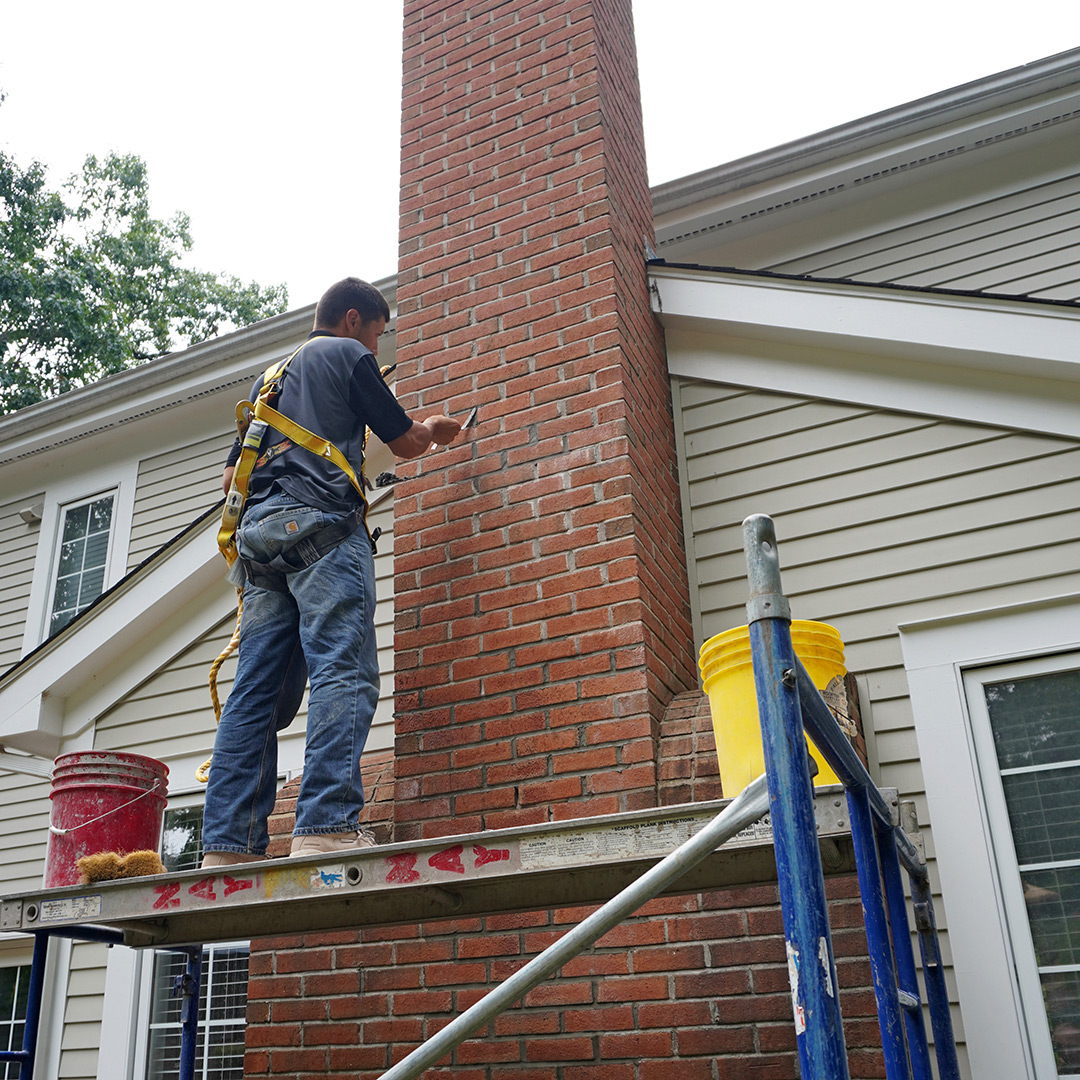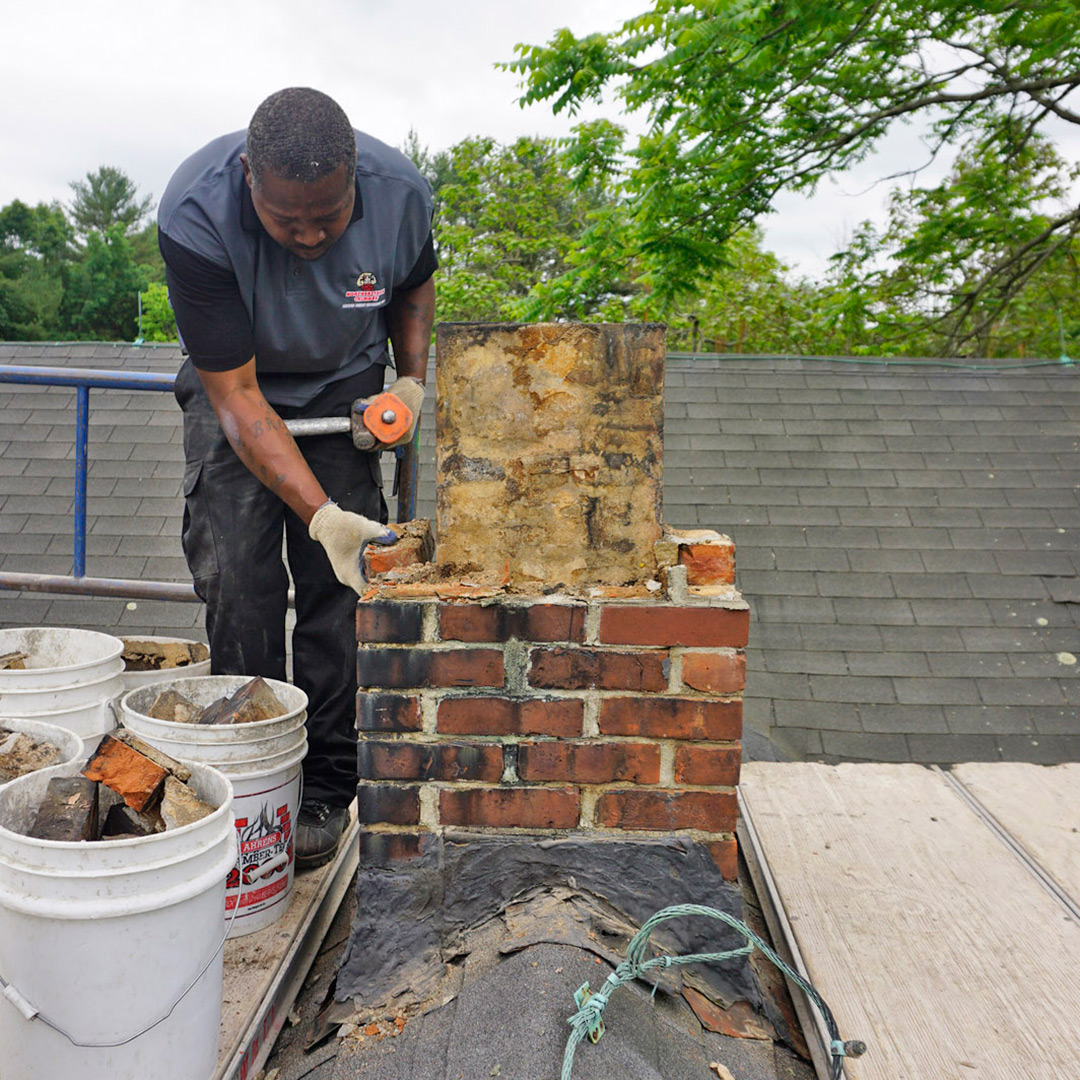How Much Does Air Conditioning Cost?
At Lindemann, we understand that one of the most frequently asked questions by our clients is, “How much does air conditioning cost?” The query might seem straightforward, but various factors influence the final price. In this article, we’ll break down the complexities so you can make an informed decision for your home or business.
Initial Purchase vs. Operational Costs
Navigating the realm of air conditioning costs involves understanding both the upfront and the ongoing expenses associated with these systems. The initial purchase and installation represent the one-time investment you make to bring comfort into your space. In contrast, operational costs are the recurrent expenses ensuring that this comfort is consistently maintained throughout the lifespan of the unit.
Initial Purchase and Installation
- Unit Type: Air conditioning units come in different styles and capacities. For instance, window units will typically cost less than central air conditioning systems or ductless mini-splits.
- Size/Capacity: The size of the unit (measured in BTUs or tonnage) you require depends on the size of the area you want to cool. A larger home or space generally requires a more powerful system, thus increasing the cost.
- Features: Advanced features like smart thermostats, zoned cooling, or energy efficiency add to the cost but can save money in the long run.
- Installation: Installation prices can vary based on the complexity of the job. For instance, a building that already has ductwork will typically cost less to outfit than one that requires new ducts. Moreover, specialized services like ours at Lindemann ensure high-quality installation, which may differ in cost from standard HVAC service providers.
Operational Costs
- Energy Efficiency: A higher SEER (Seasonal Energy Efficiency Ratio) rating means the unit operates more efficiently, which can lead to lower monthly bills. However, these units might have a higher upfront cost.
- Maintenance: Regular servicing, which we at Lindemann proudly offer, ensures the unit runs optimally. Maintenance costs can include cleaning, filter replacements, and periodic check-ups.
- Usage: How frequently you use the AC and the temperature settings you choose will significantly impact your monthly bills.
Potential Additional Costs
When assessing the costs of an air conditioning system, it’s essential to factor in not just the obvious expenses. Some less apparent but equally crucial potential additional costs can make a significant difference in the final amount you pay:
- Permits: Depending on your locality, certain regulations might necessitate permits or permissions to install specific types of HVAC systems. This could involve safety checks, compliance assessments, or other regulatory mandates. The cost of such permits can vary widely based on regional and local governmental standards.
- Old System Removal: If you’re upgrading from an old system, there’s the task of removing and properly disposing of it. Some old units might contain materials or refrigerants that are now considered environmentally harmful. Proper disposal ensures safety and compliance with current environmental regulations.
- Upgrades: When installing a new AC system, especially if it’s a modern, high-tech unit, your existing electrical system may require upgrades. This might involve enhancing your electrical panel to handle the added load or integrating new wiring.
- Additional Components: Depending on the design of your home, you might need to invest in extra components such as additional ductwork, vents, or drainage systems. These can be crucial to the efficient functioning and longevity of your system.
Lindemann’s Pricing Guideline
Understanding the investment you’re making in your cooling system is essential. At Lindemann, we aim to provide not just quality but also clarity. Here’s a more detailed breakdown of potential costs:
Window Units
These are typically the most straightforward and least expensive option. Depending on brand, efficiency, and capacity, they range from $150 to $600. However, their cooling capacity is often limited to one room or a defined space.
Central Air Conditioning Systems
Central air conditioning systems are a popular choice for entire homes, these systems offer efficient and even cooling. The costs, inclusive of installation, typically range from:
- Basic units: $2,500 to $3,500. These offer standard cooling without many advanced features.
- Mid-range units: $4,000 to $5,500. These often include energy-saving modes, better efficiency ratings, and possibly some smart home capabilities.
- High-end units: $6,000 to $7,500. Top-of-the-line models, they often feature the highest efficiency ratings, advanced noise reduction, integrated smart home capabilities, and extended warranties.
Ductless Mini-split Systems
Ductless Mini-splits are ideal for homes without ducts or for those wanting to cool specific zones or rooms. The costs, including installation, typically range from:
- Single zone units: $1,500 to $2,500. These are designed to cool one room or area.
- Multi-zone units: $3,000 to $5,000. These allow for cooling multiple rooms or zones with individual controls.
The Lindemann Difference
At Lindemann, we believe in transparency and value for money. Our team of professionals is dedicated to advising you on the best solutions for your needs, ensuring energy efficiency, and optimizing cost savings in the long run.
We offer regular maintenance packages that not only ensure the longevity of your unit but also help in maintaining its efficiency, leading to lower operational costs.
Final Thoughts
While the cost of air conditioning has various components, investing in a high-quality system and ensuring regular maintenance can save significant money in the long term. Reach out to Lindemann today to get a detailed estimate tailored to your needs and learn how we can help make your space comfortable, no matter the season.
 Read the Manual
Read the Manual
 Common causes of crumbling bricks
Common causes of crumbling bricks Chimney rebuilding: In extreme cases, your mason can
Chimney rebuilding: In extreme cases, your mason can 
 Creosote Buildup
Creosote Buildup


